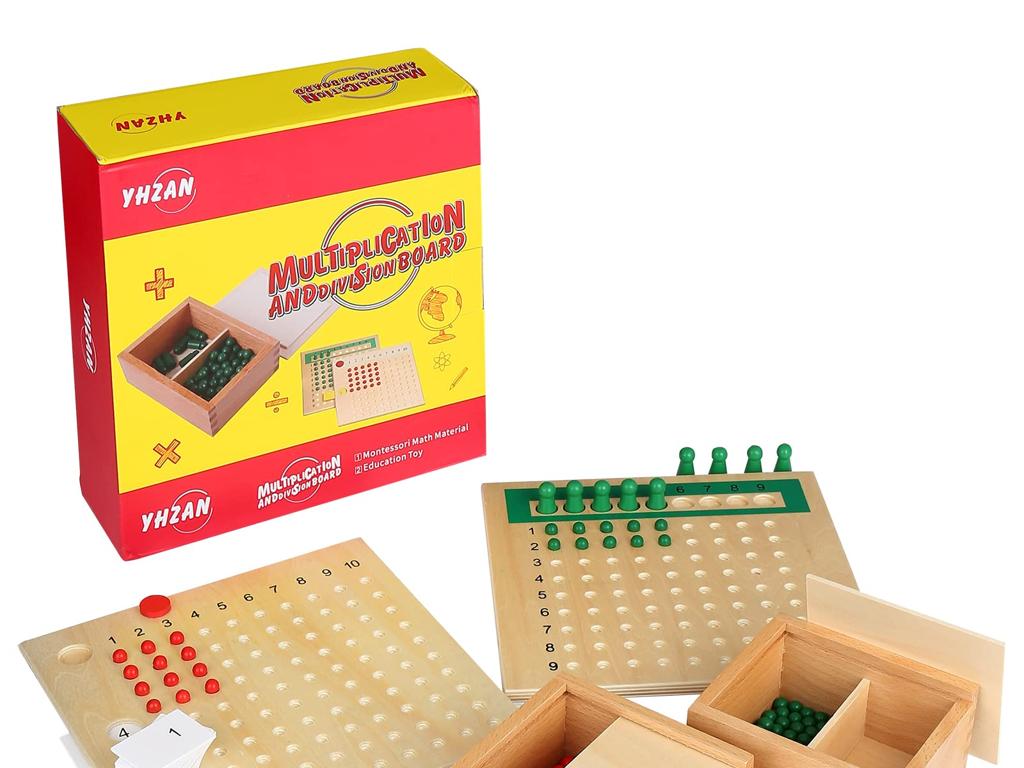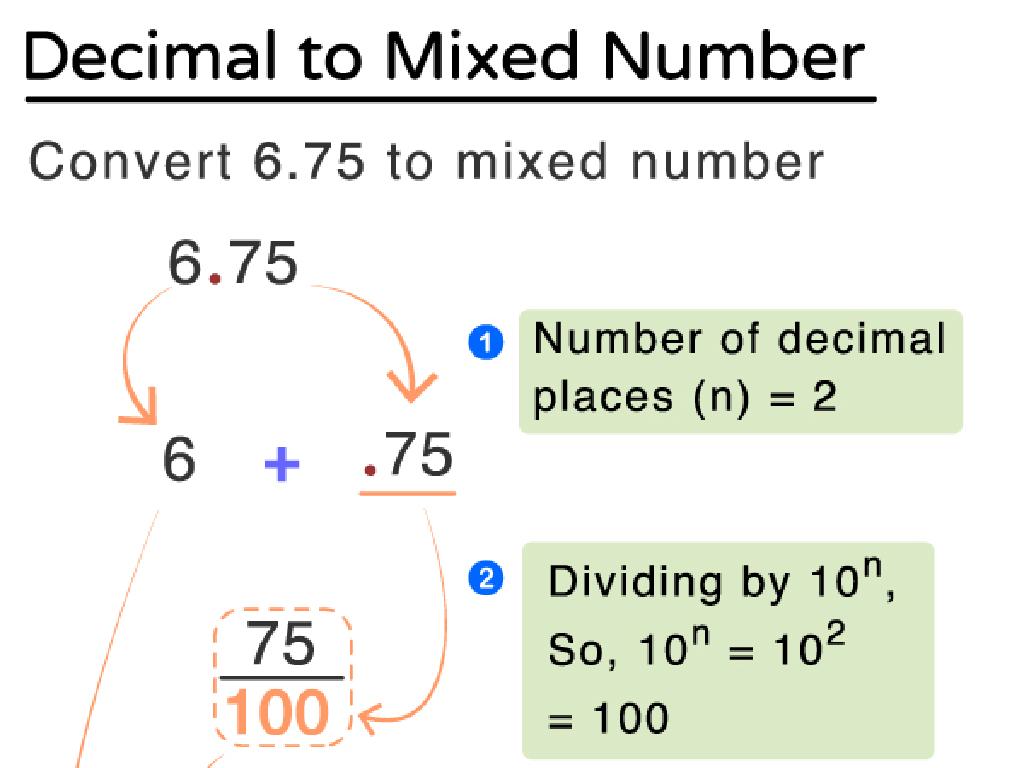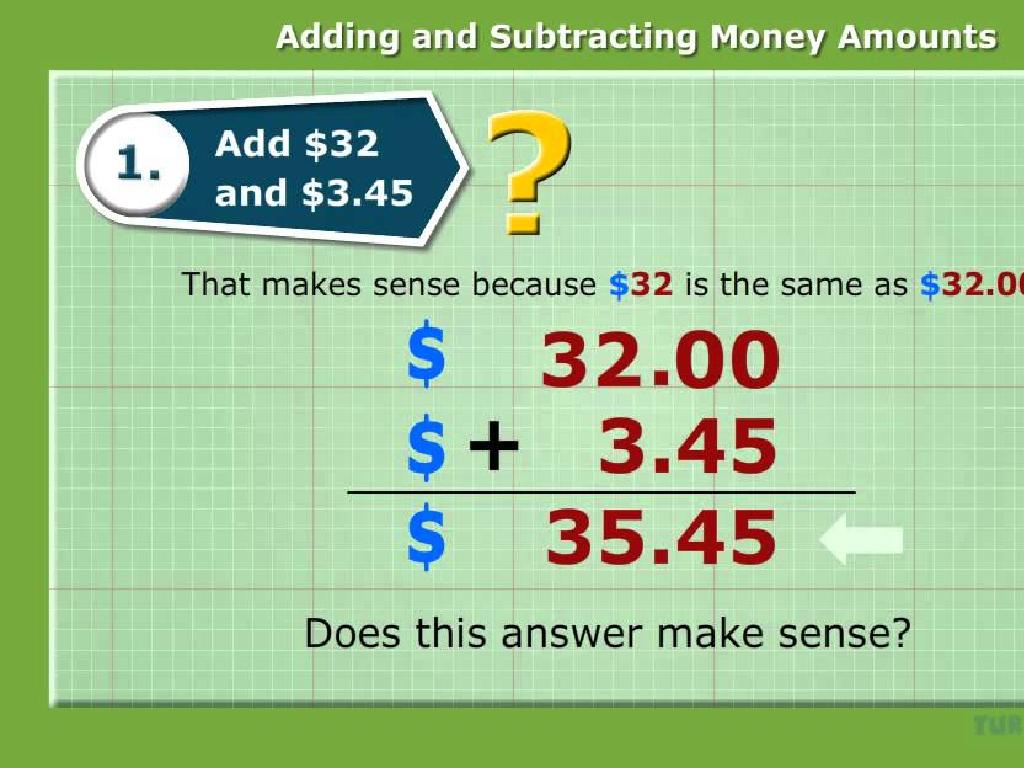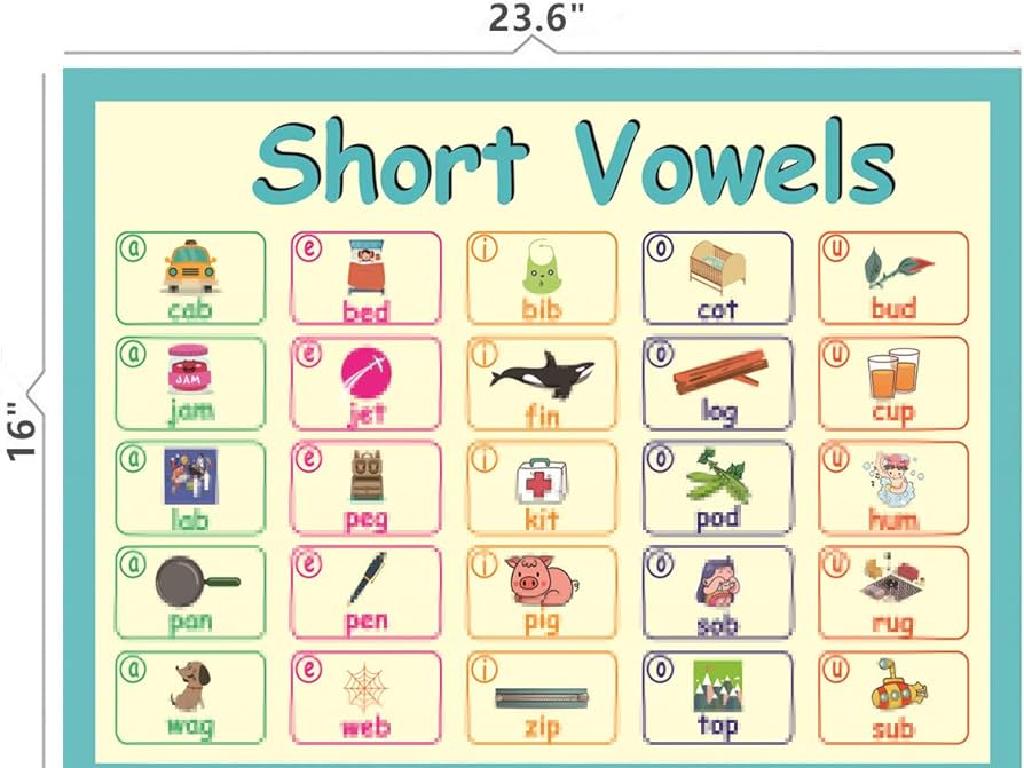Identify Nouns
Subject: Language arts
Grade: Fourth grade
Topic: Nouns
Please LOG IN to download the presentation. Access is available to registered users only.
View More Content
Welcome to Nouns!
– Understanding what nouns are
– Nouns are words for people, places, things, or ideas
– Recognizing nouns all around us
– Look around, every name you see is a noun
– Learning to identify nouns
– We’ll practice finding nouns in sentences and stories
|
This slide introduces the concept of nouns to fourth-grade students. Begin by explaining that nouns are the building blocks of language, representing people, places, things, or ideas. Emphasize that nouns are everywhere and part of our everyday conversation. Use classroom objects, names of students, and locations in the school as examples. The goal of today’s lesson is to help students become more aware of nouns and practice identifying them in different contexts. Activities can include highlighting nouns in a passage, creating a noun scavenger hunt, or writing a short story and identifying all the nouns used.
Exploring Nouns
– Definition of a noun
– A noun is a naming word for people, places, things, or ideas.
– Nouns are everywhere
– Examples: person, place, thing, idea
– ‘Teacher’, ‘river’, ‘backpack’, ‘freedom’ are all nouns.
– Let’s find nouns in our classroom
– Look around and list items you see; they’re likely nouns.
|
Begin the lesson by explaining that a noun is a fundamental element of grammar, serving as the name for a person, place, thing, or idea. Provide clear examples for each category to ensure understanding. Encourage the students to engage with their environment by identifying nouns in the classroom. This activity will help solidify their understanding of nouns and demonstrate how common nouns are in everyday language. Make sure to walk around the classroom to assist students and answer any questions they may have during the activity.
Common and Proper Nouns
– Common nouns: general names
– Proper nouns: specific names
– Proper nouns start with capital
– Every proper noun begins with a capital letter, no matter where it is in a sentence.
– Examples: ‘city’ vs. ‘New York’
– ‘city’ is a common noun, but ‘New York’ is a proper noun because it’s the specific name of a city.
|
This slide introduces the concept of common and proper nouns to fourth-grade students. Common nouns are general names for things, like ‘city’, ‘dog’, or ‘school’. Proper nouns, on the other hand, are specific names for particular things or people, such as ‘New York’, ‘Rover’, or ‘Lincoln Elementary School’, and they always start with a capital letter. Use the examples to show the difference between common and proper nouns. Encourage students to come up with their own examples of common and proper nouns, and to practice identifying and using them in sentences. This will help them understand the importance of capitalization and the distinction between general and specific naming in language arts.
Singular and Plural Nouns
– Singular nouns: just one
– Plural nouns: more than one
– ‘cat’ vs. ‘cats’
– ‘dog’ becomes ‘dogs’, ‘wish’ becomes ‘wishes’
– Rules for making plurals
– Most nouns add ‘s’ or ‘es’; some change spelling like ‘mouse’ to ‘mice’
|
This slide introduces the concept of singular and plural nouns to the students. Singular nouns refer to one item, person, or idea, while plural nouns refer to more than one. Use common examples like ‘cat’ and ‘cats’ to illustrate the difference. Emphasize the general rule of adding ‘s’ or ‘es’ to make a noun plural, but also highlight that there are irregular plurals with different spelling changes. Encourage students to think of their own examples and write sentences using both singular and plural forms. This will help them understand how to use nouns correctly in their writing and speaking.
Concrete vs. Abstract Nouns
– Concrete nouns: things you can touch
– Abstract nouns: ideas or feelings
– Example of concrete: ‘apple’
– An apple is something you can hold
– Example of abstract: ‘bravery’
– Bravery is a feeling you can’t touch but can see in actions
|
This slide introduces students to the concept of concrete and abstract nouns. Concrete nouns are tangible and can be experienced with the five senses, like an apple that can be seen and touched. Abstract nouns, on the other hand, represent intangible concepts, such as emotions or ideas, like bravery, which cannot be touched but can be felt or observed. Use everyday examples to help students differentiate between the two types of nouns. Encourage them to think of additional examples and to use their surroundings or personal experiences to identify concrete and abstract nouns.
Let’s Practice Identifying Nouns!
– Look at pictures and find nouns
– Determine common or proper nouns
– Common nouns are general names, proper nouns are specific names.
– Decide if nouns are singular or plural
– Singular nouns mean one, plural nouns mean more than one.
– Are nouns concrete or abstract?
– Concrete nouns you can touch, abstract nouns are ideas or feelings.
|
This slide is designed for a class activity where students will practice identifying different types of nouns. Provide a variety of pictures that include people, places, and things to help students find nouns. Guide them to distinguish between common and proper nouns, as well as singular and plural nouns. Additionally, help them understand the difference between concrete nouns that can be experienced with the senses and abstract nouns that represent ideas or concepts. Encourage students to discuss their answers in groups and explain their reasoning. This activity will reinforce their understanding of nouns and their ability to categorize them.
Class Activity: Noun Hunt
– Let’s go on a ‘Noun Hunt’ adventure
– Find and write down classroom nouns
– Look for items like ‘desk’, ‘chair’, ‘board’
– Classify the nouns into categories
– Are they a person, place, thing, or idea?
– Share your findings with the class
|
This interactive activity is designed to reinforce the concept of nouns through a fun and engaging ‘Noun Hunt’. Students will search the classroom for objects that can be classified as nouns. They will then categorize each noun they find into one of the categories: person, place, thing, or idea. This will help them apply their understanding of nouns in a practical setting. For the teacher: Prepare a list of categories and examples to help guide the students. Consider creating a worksheet for them to record their findings. After the hunt, facilitate a discussion allowing students to share their nouns and classifications. This will encourage peer learning and help clarify any misconceptions.
Noun Mastery: Congratulations!
– Excellent work on nouns
– Nouns are everywhere
– Think of people, places, things, or ideas
– Continue practice with worksheets
– Use the ‘Noun Hunt’ worksheet for extra fun
– ‘Noun Hunt’ activity reminder
– Don’t forget to complete your ‘Noun Hunt’ at home
|
This slide is a congratulatory closing that reinforces the concept of nouns and encourages continued practice outside of the classroom. Remind students that nouns represent people, places, things, and ideas, and they can be found everywhere in our daily lives. Encourage them to keep practicing with their ‘Noun Hunt’ worksheet, which is a fun activity that helps them to actively engage with the material and apply what they’ve learned in a practical way. The ‘Noun Hunt’ worksheet should be designed to be an enjoyable task for students to complete at home, further solidifying their understanding of nouns.

/silk_road_trade_routes.jpg)




